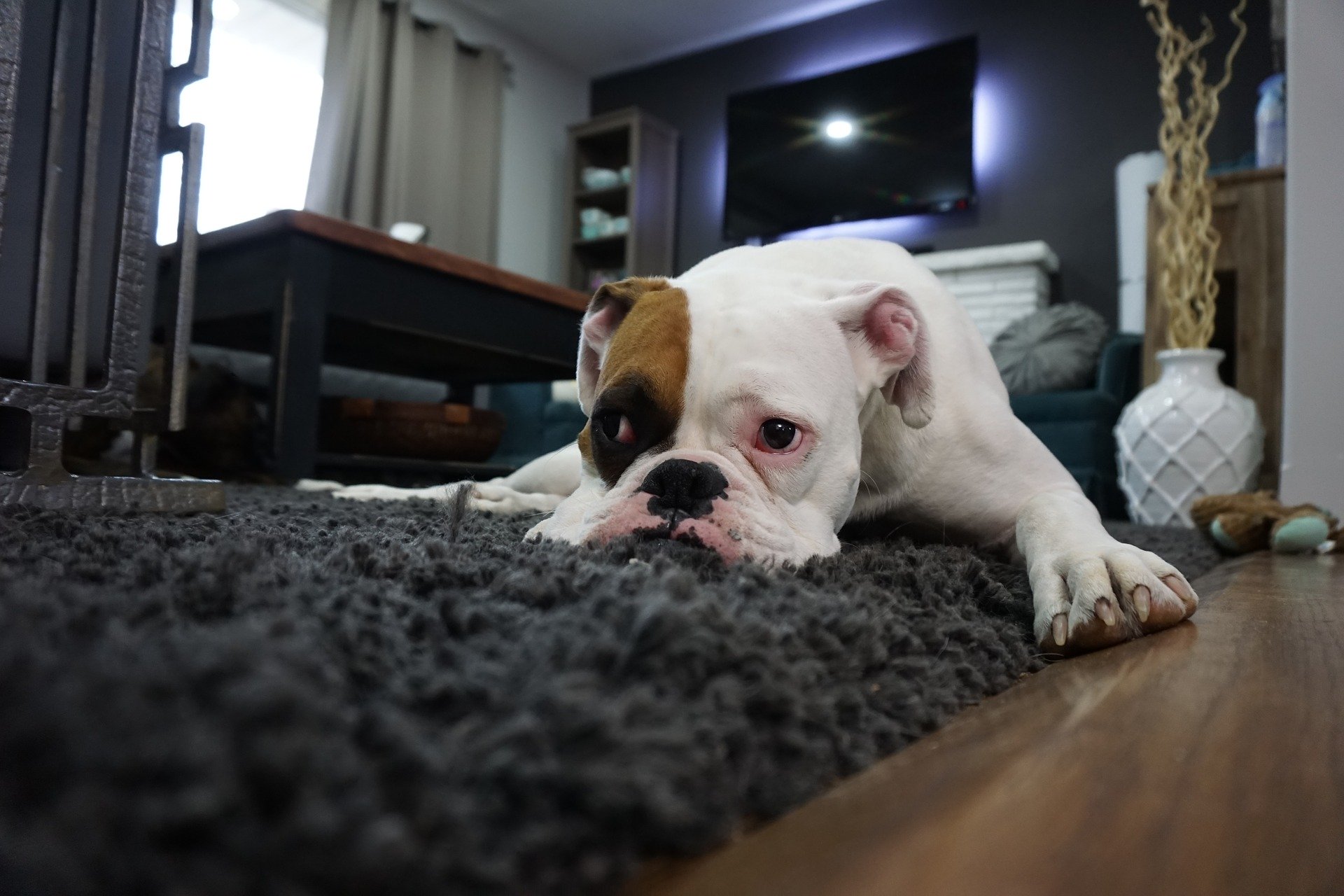Our dogs make mistakes as they learn, just like young children. They may get too rowdy, or break a rule they already understand due to overexcitement or stubbornness. When this happens, it can be helpful to implement time-outs as a form of non-corporal punishment. Please Note: You should never hit or kick your dog as punishment. This will only make them fearful and less likely to want to learn from you or cooperate with you.
If you choose to use time-outs with your puppy, we recommend using them infrequently. Enforcing them too often means your pup may start to associate you walking toward them with being put in time out, and will not willingly come to you in other instances. Time-outs work well when they are applied properly, because your dog doesn’t want to be away from you!
Having to be separated is a big punishment, so make sure to know exactly what behaviors you are going to punish with a time-out. Consider picking only one or two behaviors that are big taboos to enforce a time-out – such as stealing food from your hand or table or biting to demand what they want.
Pro Tip: Use alternative punishments for less serious transgressions like jumping up on your leg when excited.
Steps to Implementing Time-Outs
- Once you know which behaviors you will punish with time-outs, choose the location. This should be a specific place that is boring and separate from yourself and the rest of your family. Tethering your pup in a corner or placing them in a bathroom for the allotted time works well. Just make sure there is nothing within reach that could hurt your dog or get broken.
- If they get crated overnight and while you are out of the house, avoid making that the time-out spot as well–otherwise your pup will think they are being punished when they haven’t done anything wrong.
- After your dog has misbehaved, give them a chance to make the right decision. Offer them a calm vocal warning such as “no” or “that’s enough”. Wait a minute to provide the opportunity for them to change their behavior. If they stop misbehaving, let them know you’re happy with a “thank you” or “good”. If they choose to continue however, then it is time to implement the time-out.
- In a calm, stern voice, say “time out”. Approach them calmly without making eye contact, as they find that extremely intimidating. Gently take their collar and lead them to your designated spot while repeating “time out”. You should never rush at your dog or be rough with them when taking them to the time-out location; the separation is punishment enough without being physical.
- Once they are placed, leave the area. After a few minutes, return and gauge your dog’s mood. If they have calmed down, let them out; otherwise, walk away for another minute or so.
It is beneficial to get your whole family involved in the process, because consistency is key with any training. Make sure everyone knows which behaviors merit a time-out and how to do it. Pretty soon, your pup will begin to understand and hopefully stop performing the behaviors that relegate him to time-outs.
The professionals at Gulf Coast K9 Dog Training are committed to training your dog to be the best canine he can be. Whether you need puppy training or your old dog has to learn some new tricks, come by our facility to learn more about our obedience training and playcare.





